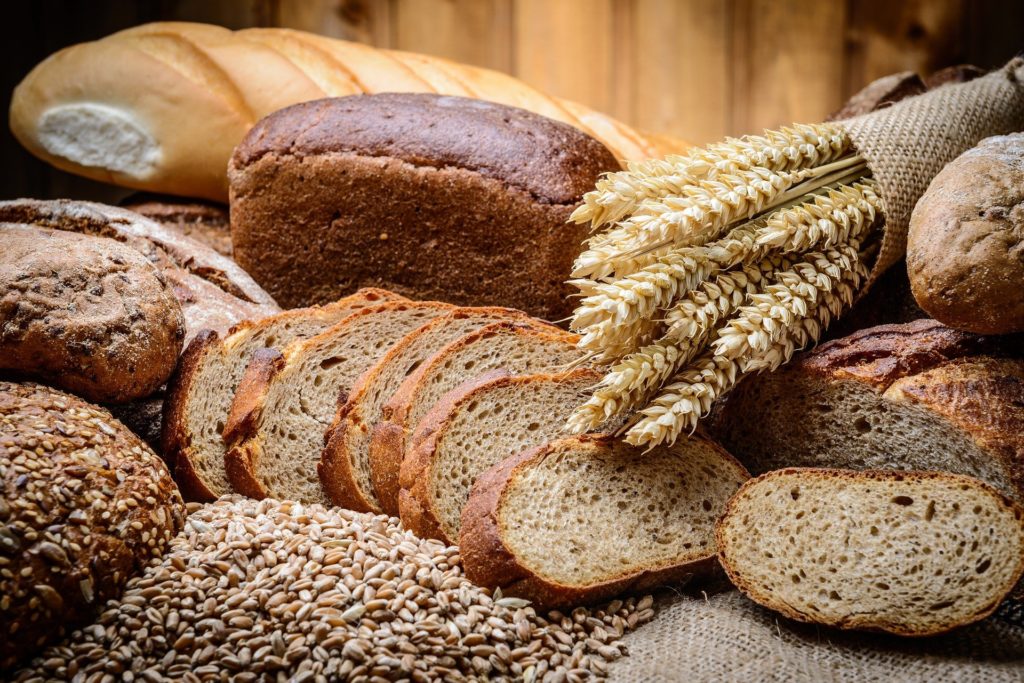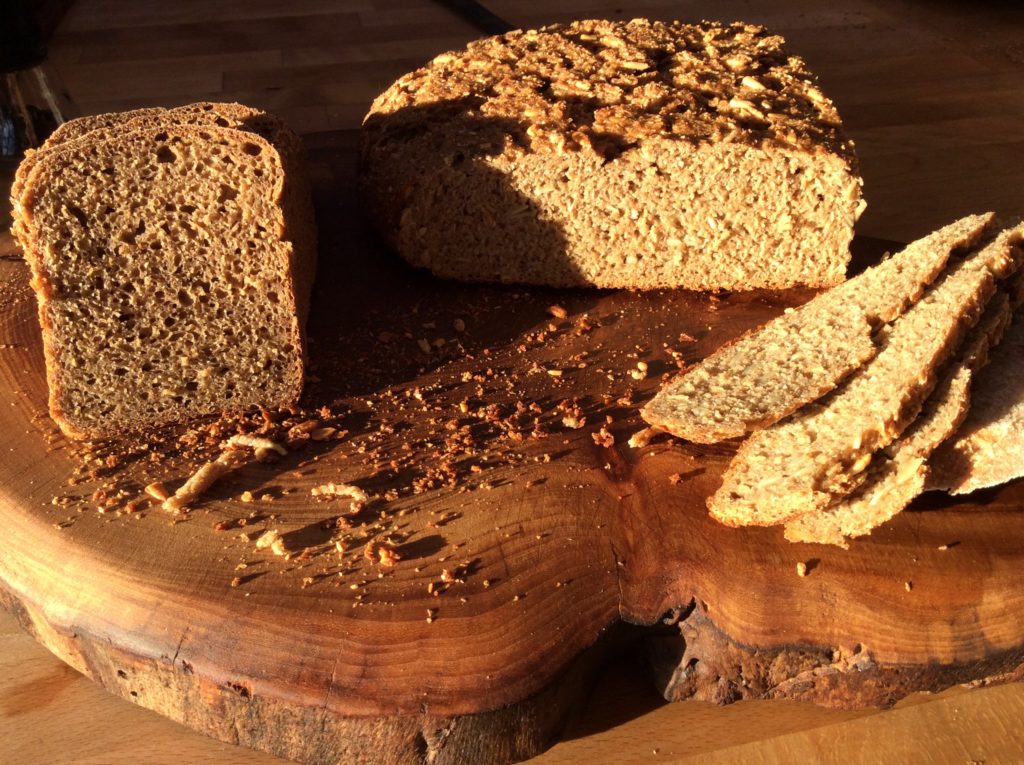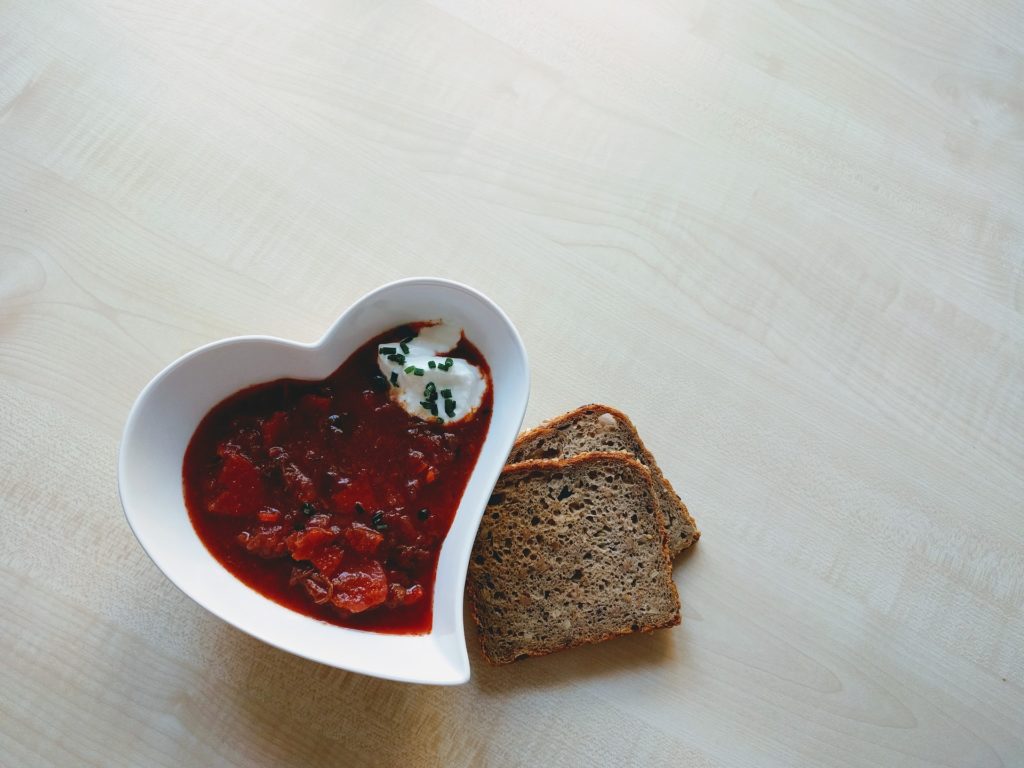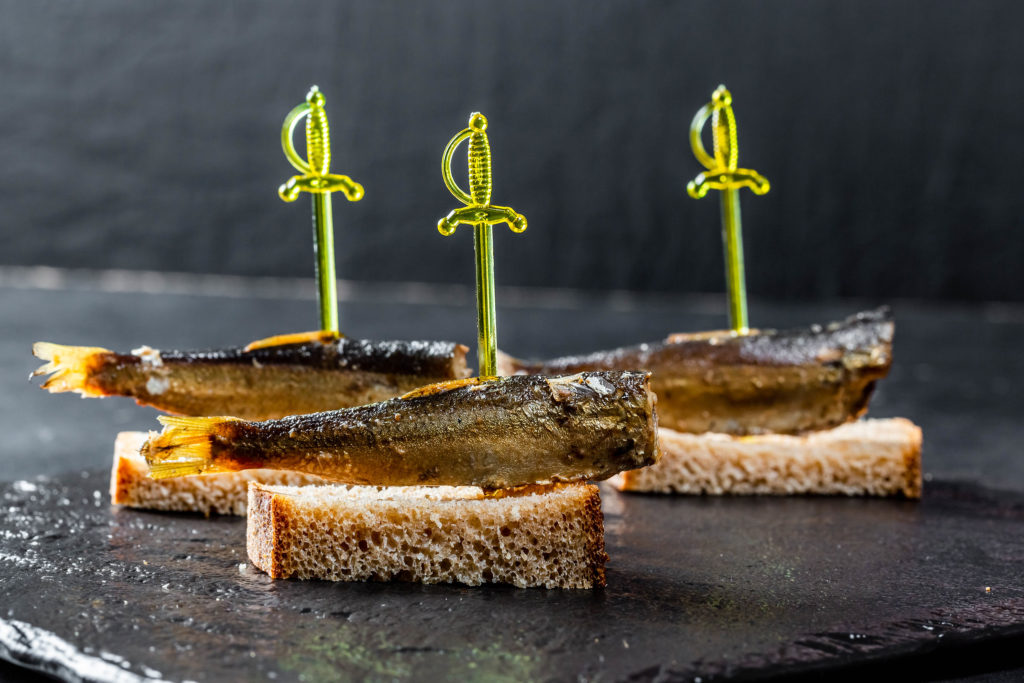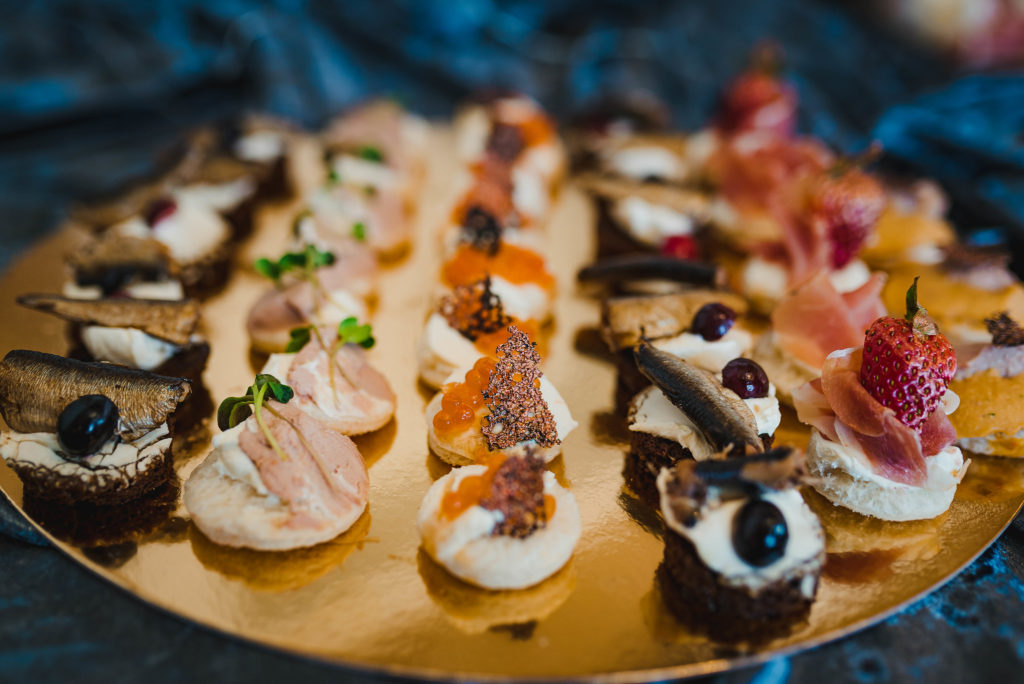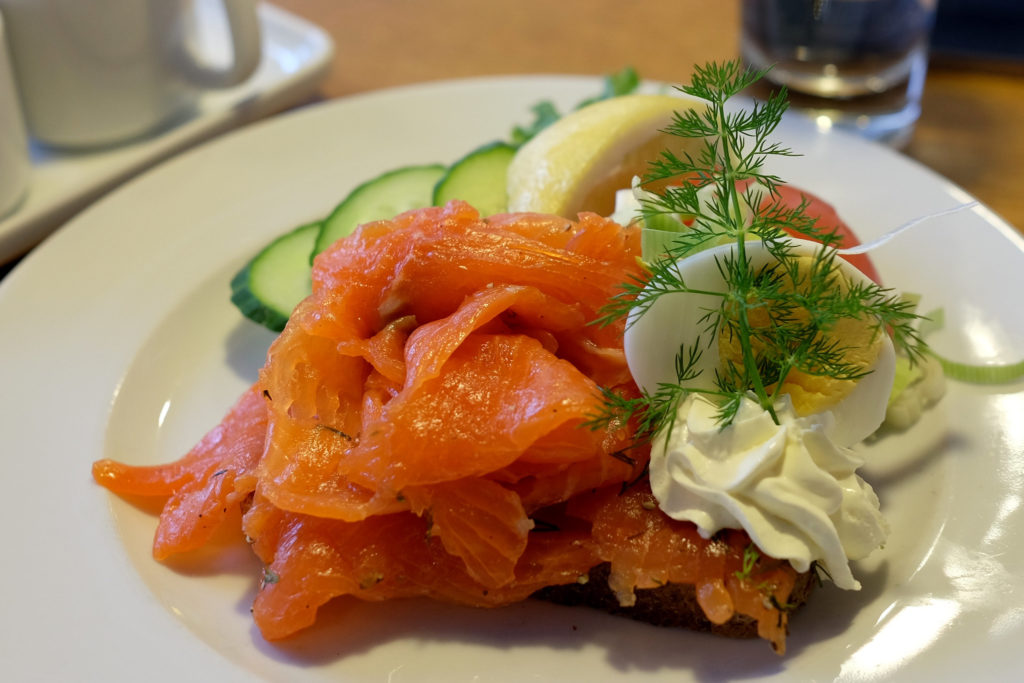Famous Russian Borodinsky Bread Posted by Nadya on Feb 24, 2021 in Culture, Traditions
Today we will enter the holy kingdom of Russian bread.
Bread in Russia
There has long been a well-known saying in Russia: “Bread is the head of everything.” Russians have always associated the presence of bread (хлеб) on the table with a manifestation of joy, sadness, and hospitality.
Generally, the attitude towards bread in post-Soviet countries is extremely careful. For example, you should never throw it away. Children were taught to treat bread not just as food (еда́) but to value and love it.
In Christianity, bread also has a special place. Even the prayer “Our Father” contains the words: “Give us this day our daily bread.” In almost all Slavic tribes, it was believed that people who shared bread become friends for the rest of their lives.
Different kinds of bread are traditionally accompanied by different dishes. For example, white bread is good for chicken soup (суп), but rye (ржано́й) is perfect for borscht (борщ).
Borodinsky Bread
Sweet (сла́дкий), sour (ки́слый), and spicy (пря́ный) simultaneously, legendary Russian Borodinsky bread (Бороди́нский хлеб) has become truly unique. Without a doubt, every single Russian knows its taste. The texture is significant. Real Borodinsky bread is crispy on the outside but very soft on the inside.
The traditional recipe for Borodinsky bread was invented in 1933. Coriander (кориа́ндр) was one of the ingredients. Previously, there were also similar recipes, but with caraway seeds (семена́ тми́на). However, the true original recipe remains a mystery since it was never found.
If you want to try baking it yourself, be sure to read Rob’s recipe he shared with us.
Incredibly Delicious Toppings For Borodinsky Bread
Dense, rich, and flavorful, Borodinsky is one of the high-fiber foods. It is the perfect base for an open sandwich (бутербро́д). This bread is ideally combined with crunchy pickles (марино́ванные огурцы́), fish (ры́ба), pate (паште́т), or a few tiny slices of salo (са́ло – a delicacy made from pork fatback or pork belly), fresh garlic (чесно́к), and a pinch of salt (соль).
Toasts with sprats
The most popular is the open sprat (шпро́ты – small forage fish; sold smoked and canned in oil.) sandwich. There are many variations for making such sandwiches. But the main thing is good sprats (the best ones are Latvian).
Recipe:
Cut the bread into slices, then cut each diagonally. Toast them or dry in an oven preheated to 395F, then rub with garlic on one side. Spread with a thin layer of mayonnaise (майоне́з). Arrange the pickled cucumber slices. Arrange the sprats on top and garnish with chopped scallions (зелёный лук).
Herring Canapes
These delicious little open sandwiches are a popular appetizer (заку́ска) on the Russian table. Moreover, it takes very little time to prepare them.
Recipe:
Cut the marinated herring (сельдь) fillets into small pieces and refrigerate them for 3 hours. Cut the bread into thin slices. Slice the red onion (кра́сный лук) and pickles into thin rings. Soften butter (сли́вочное ма́сло) at room temperature and spread on bread. Put the pickles, onions, and herring over. Sprinkle with chopped dill (укро́п) and pepper (пе́рец).
Sandwiches With Salmon
Both raw and smoked salmon (лосо́сь) are good here. Therefore, choose only from personal preference.
Recipe:
Cut the bread into medium-sized slices. Slice a fresh cucumber (огуре́ц) diagonally. Sprinkle the salmon fillet with lemon (лимо́н) juice and lightly salt. Spread with a thick layer of cream cheese (сли́вочный сыр). Top with sliced cucumber and salmon.
Fortunately, in the modern world, in any country, you can find shops of the national cuisine of almost any nation. Or even easier – order something online with home delivery. If you get the chance, be sure to try Borodinsky bread.
From generation to generation, bread remains the main element of Russian culture. To this day, many Russians eat large quantities of it. Any Russian will say with confidence that the most important food product is bread.

Build vocabulary, practice pronunciation, and more with Transparent Language Online. Available anytime, anywhere, on any device.



